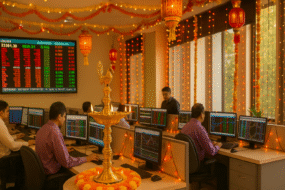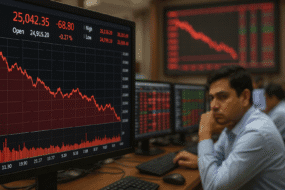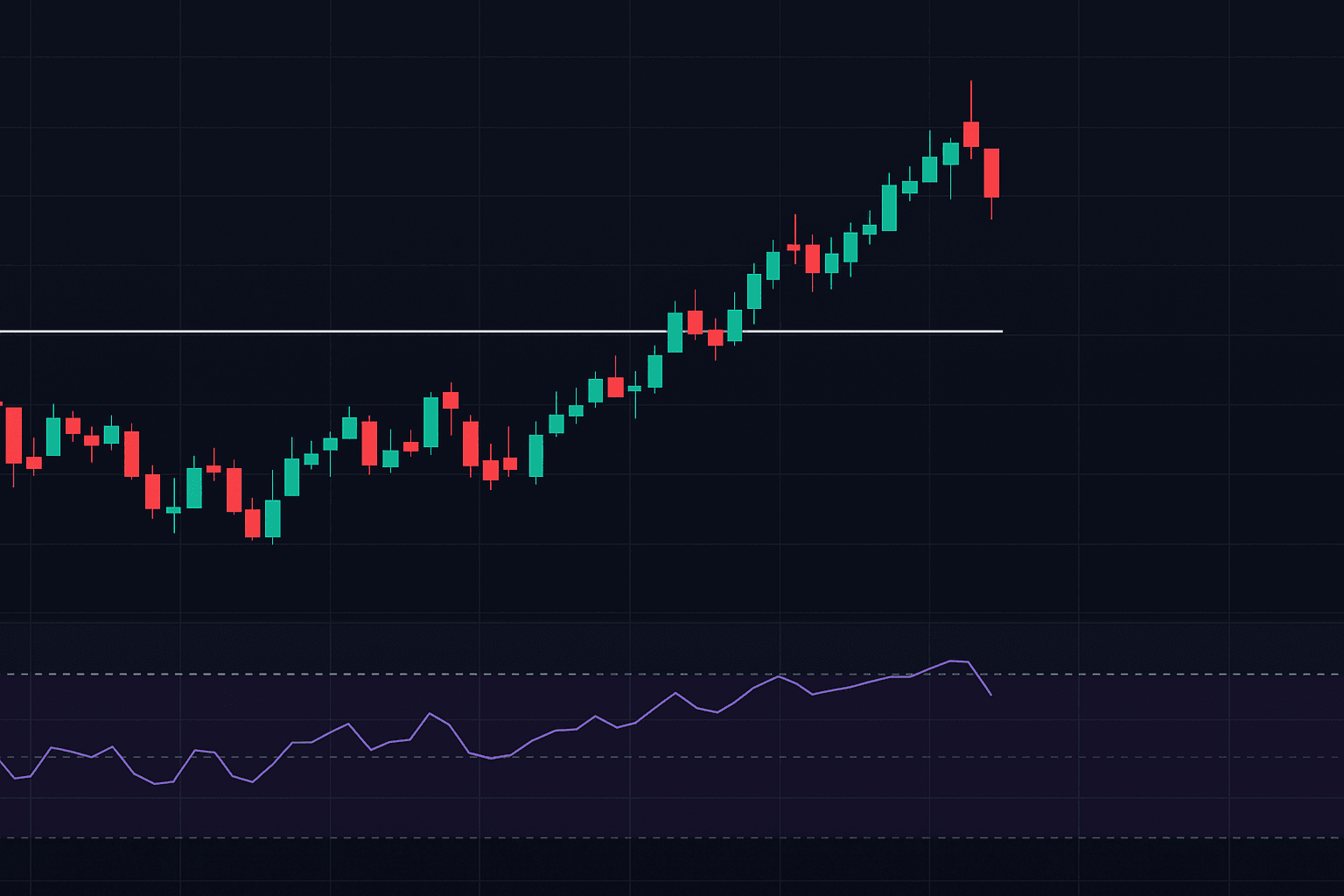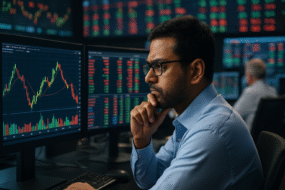Despite months of high-level talks and optimism, a trade deal between India and the United States remains elusive. Both nations have expressed interest in a bilateral agreement, but key sticking points—especially around market access and tariffs—have stalled progress.
While the US has recently concluded trade agreements with major partners like Japan and the EU, negotiations with India have yet to yield any concrete results. The Ministry of External Affairs (MEA) confirmed on July 24 that discussions are underway for a “first tranche” of a bilateral trade agreement, but no timeline has been set for its finalisation.
Why the Delay?
The primary hurdle is the US’s push for expanded access to India’s agricultural and dairy markets, including genetically modified products. India has resisted these demands, citing concerns about the livelihood of millions of farmers who depend on small-scale agriculture.
“India cannot compromise on its dairy sector, which is tied directly to rural employment and food security,” noted VK Vijayakumar, Chief Investment Strategist at Geojit Financial.
Other factors contributing to the delay include India’s demand for lower US tariffs and Washington’s hardline stance on oil imports from Russia. Senator Lindsey Graham recently warned of high tariffs for countries continuing energy trade with Moscow, further complicating India’s position.
Impact on Indian Markets
The uncertainty surrounding the trade deal has begun to affect investor sentiment. Indian markets saw sharp declines in late July, with the Sensex and Nifty both falling significantly amid fears of rising tariffs and trade tensions.
“If India fails to reach a deal and faces 26% tariffs on exports to the US, market volatility is likely to increase,” said G Chokkalingam of Equinomics Research. Conversely, a successful agreement could act as a catalyst for short-term market gains.
Foreign Portfolio Investors (FPIs), who have been net sellers in Indian equities throughout July, may return if a deal signals greater economic cooperation and stability.
“In the medium term, an agreement could boost FPI interest in manufacturing, tech, and healthcare, aligning with global supply chain diversification and the China+1 strategy,” said Aditya Sood, fund manager at InCred Asset Management.
What’s Next?
US trade negotiators are expected to visit New Delhi in the second half of August for another round of talks. Experts suggest that even if a comprehensive deal isn’t reached immediately, both sides could finalize a limited agreement soon, with broader terms negotiated by October or November.
While long-term economic fundamentals will ultimately guide market performance, a favorable India-US trade pact could be a much-needed signal of global integration and policy consistency.






3 replies on “India-US Trade Deal Stalls Again: What It Means for Markets and Economic Strategy”
Interesting read! Data-driven approaches are key to successful betting, and platforms like 365jl vip link seem to prioritize a secure user experience – crucial for any online gaming! KYC is a smart move.
It’s smart to prioritize mental wellbeing while enjoying online games – something KingGame seems to focus on! Setting limits is key. Check out the kinggame app download for responsible gaming tools & a secure experience. Remember to play within your means!
Solid analysis of tournament dynamics! Seeing platforms like legend link maya online casino integrate secure PHP payments & fast logins is key for accessibility. Good stuff! 👍
Comments are closed.